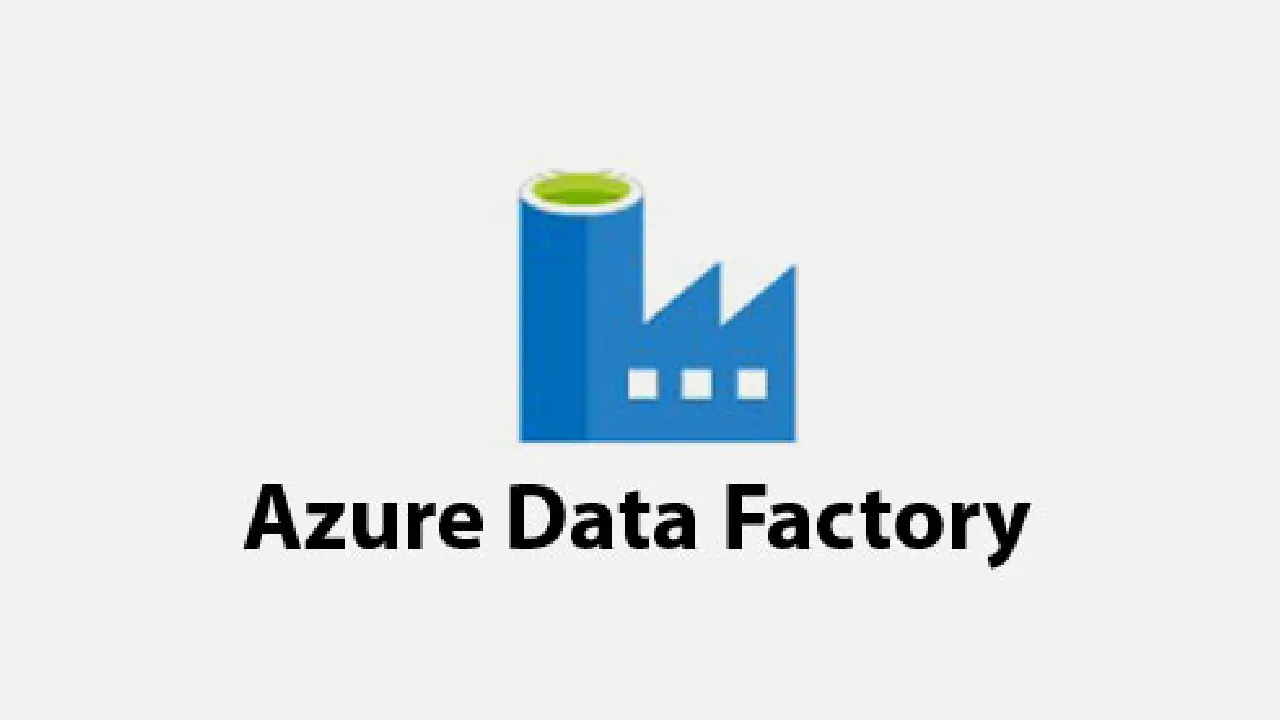In the previous articles of this series, we showed how to create Azure Data Factory pipelines that consist of multiple activities to perform different actions, where the activities will be executed sequentially. This means that the next activity will not be executed until the previous activity is executed successfully without any issue.
In this article, we will show how to control the dependencies between the activities and the pipeline runs in the Azure Data Factory.
Dependency between Activities
As mentioned previously, the default behavior of the pipeline activities is that it will not be executed unless the previous activity is executed successfully. This default dependency type in the Azure Data Factory activities is the Success type, with the green box icon and green arrow, as shown below:
If you click on any activity, you will see a number of icons that can be used to drop the activity, view the source code, and clone that activity. At the most right of these icons you will the  alone icon, which is used to control the dependency between the current activity and the next activities, where you can add and configure it to run the next activity if the current activity succeeded, failed, completed regardless of the result and finally skipped and not executed, as shown below:
alone icon, which is used to control the dependency between the current activity and the next activities, where you can add and configure it to run the next activity if the current activity succeeded, failed, completed regardless of the result and finally skipped and not executed, as shown below:
#azure #sql azure #azure data factory
